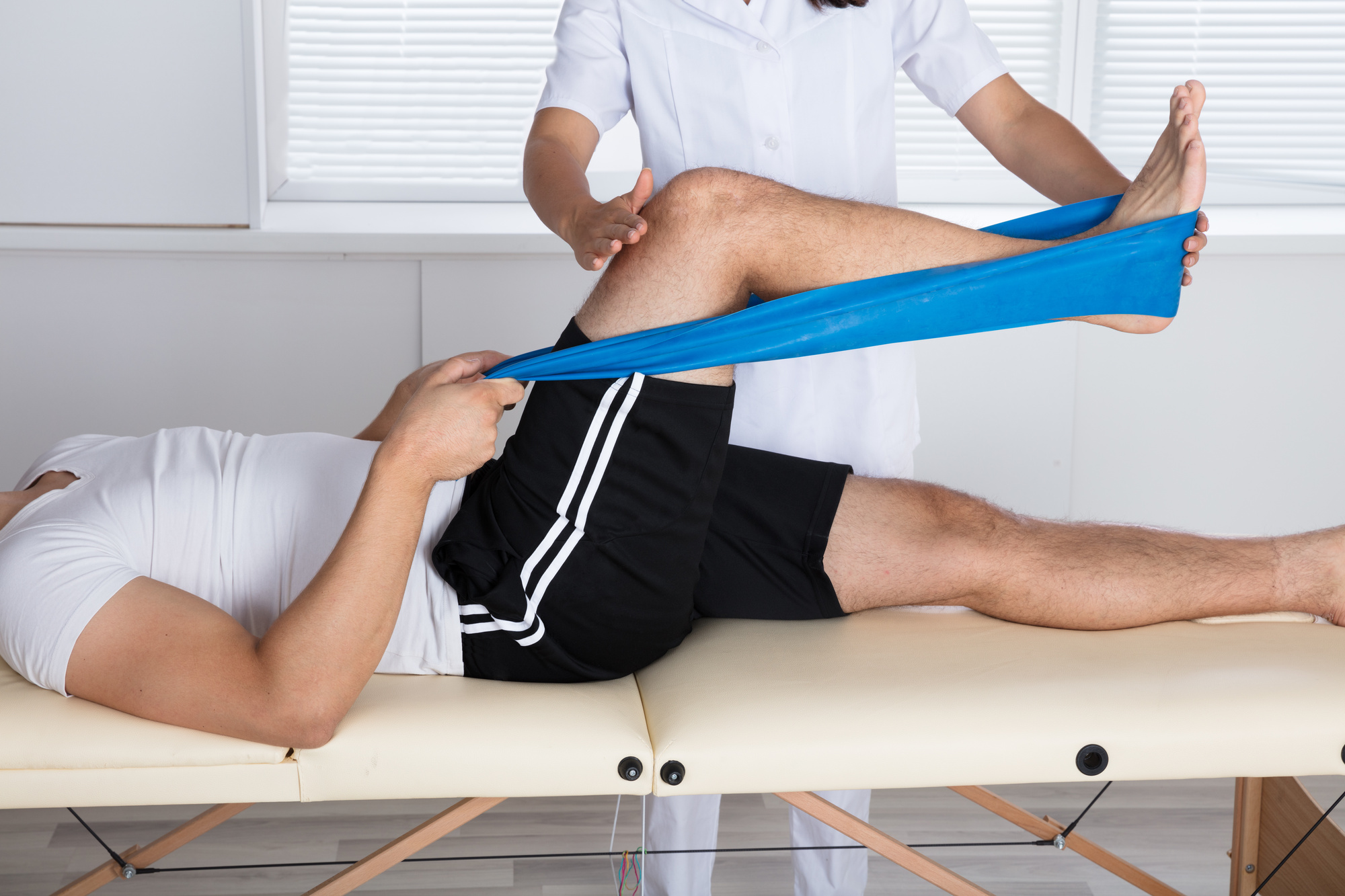Improving Rehabilitation Outcomes Via Effective Practical Movement Screening Guidelines
Improving Rehabilitation Outcomes Via Effective Practical Movement Screening Guidelines
Blog Article
Functional Mobility Screening (FMS) is a beneficial tool used to evaluate an individual's mobility patterns. This assessment helps identify any deficiencies or discrepancies in the musculoskeletal system, which can lead to injuries if not addressed. In recovery settings, FMS can play a critical role in improving rehabilitation outcomes. By comprehending how each individual moves, healthcare providers can develop targeted rehabilitation programs that focus on improving power, mobility, and general function.
One of the main advantages of using FMS in rehabilitation is its ability to pinpoint specific aspects that need enhancement. For example, if a patient struggles with squatting or lunging, it may suggest a lack of flexibility in their hips or ankle joints. This data allows therapists to create customized fitness regimens that highlight correcting these deficits. As a consequence, patients are more likely to regain their strength and ability, which is essential for returning to daily tasks or sports.
Implementing efficient FMS procedures can also help avoid future harm. Many injuries happen due to poor movement patterns or excessive use of certain muscular clusters. By screening individuals before they begin a rehabilitation program, clinicians can identify risks and establish approaches to reduce them. Educating patients about appropriate movement patterns and strengthening underdeveloped areas can lead to long-term advantages, promoting that they remain active and fit.
Additionally, the use of FMS can improve communication between healthcare providers and patients. When clients witness their movement patterns evaluated and clarified, they gain a clearer understanding of their recovery process. This transparency fosters confidence and encourages patients to take an active part in their rehabilitation. By involving patients in their rehabilitation process, they are more likely to follow to prescribed activities and behavioral adjustments that promote better results.
In conclusion, enhancing rehabilitation outcomes through effective operational movement screening protocols is crucial for both patients and healthcare professionals. By precisely assessing movement mechanics, therapists can develop view website customized recovery programs that meet specific needs. This not only facilitates in rehabilitation but also helps prevent future harm. As patients become more engaged these details in their recovery process, they are likely to achieve their goals and maintain a fit, active way of living.